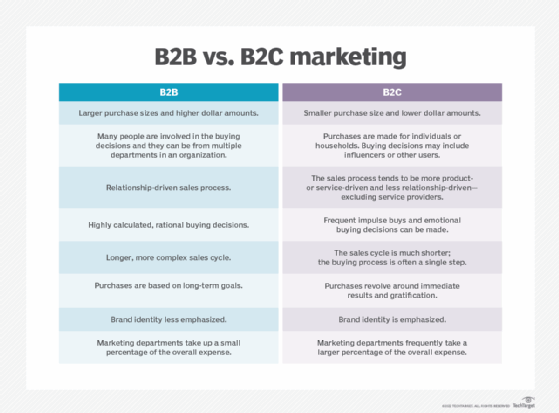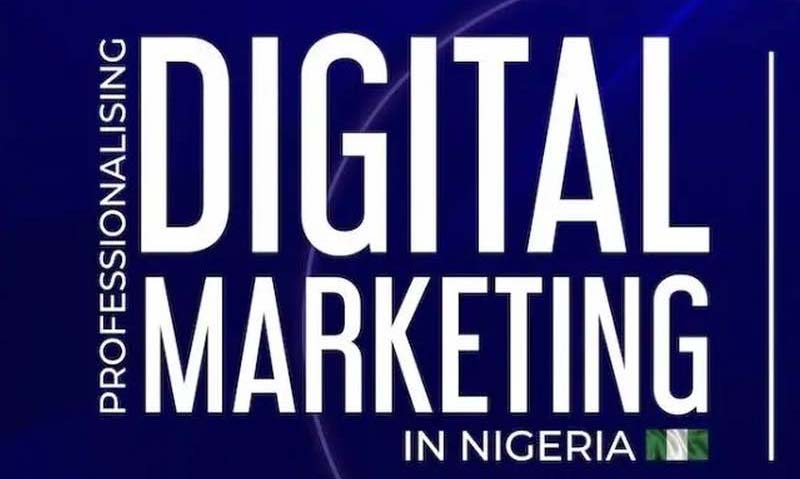…Digital marketing helps an organization appeal to a much larger audience than it could through traditional marketing methods because the reach of the internet is worldwide.
- Alexander S. Gillis, Technical Writer and Editor
- Lauren Horwitz, Cisco
What is digital marketing?
Digital marketing is a general term for any steps a company takes to connect with customers through electronic technology. Digital marketing promotes and sells products or services to prospective customers through online platforms such as email, social media, mobile marketing, online customer communities, webinars and other video-based content.
The digital marketing process involves similar tactics as traditional marketing. Organizations can combine both traditional and digital marketing techniques as a strategy.
Importance of digital marketing
Digital marketing helps an organization appeal to a much larger audience than it could through traditional marketing methods because the reach of the internet is worldwide. This marketing method also enables organizations to target prospective customers who are most likely to buy their product or service. For example, a company can advertise holiday sales by emailing past customers or by sharing news of the deals on social media.
Organizations have a number of different online methods they can use to reach out to customers, including through emails, social media, text, banner advertisements or affiliates.

Social media provides a common way for individuals to interact and communicate with organizations. Likewise, marketers can collect insights from their target audience on these platforms and increase customer engagement by communicating with them. Digital marketing strategies can be quickly shifted as needed. The platform and format of communication can be changed if the target audience moves platforms, for example.
Digital marketing has become more complex because of the various new communication channels that have emerged, but also in terms of the analysis required to make sense of customers, prospects and their preferences. Organizations use a variety of tools to understand the behavior and preferences of customers, prospects and leads. From social media listening to predictive analytics and big data analytics, organizations enlist a variety of resources to understand customer responses to their digital marketing efforts.
Types of digital marketing
Digital marketing can appear in many forms, including the following:
- Email marketing. Organizations reach out to customers and prospective customers through email with the goal of promoting current business practices such as sales or events.
- Social media marketing. Organizations use social media marketing through platforms including Facebook, Twitter and Pinterest to connect and communicate with customers and prospective customers, notifying them of updates or deals, as well as just communicating and building social trust.
- Pay-per-click (PPC) advertising. PPC advertising enables organizations to advertise on different websites with paid ads. An example of such an advertisement is a banner ad. If enough data or cookies are collected about a user, these ads can be targeted by characteristics like age, gender, location or general interests. The ad publisher is paid every time a user clicks on the ad.
- Content marketing. This digital marketing strategy tries to reach customers through content. Content refers to something an organization produces and publishes on a website with the intent to promote it through other marketing types, such as social media or email.
- Sponsored content. An organization pays another business to create and promote content that highlights the marketer’s product or service.
- Affiliate marketing. An organization pays a commission to an influencer on a specific platform, such as YouTube or Instagram, to promote its product or service.
- Short Message Service (SMS) marketing. Organizations might choose to use SMSmessages to send promotions to customers. Political candidates running for office commonly send SMS messages as a part of their campaigning efforts.
Marketing automation software has also become increasingly important to digital marketing as companies try to reach a broader swath of potential customers and link customer behavior with potential new purchases. For example, organizations use marketing automation to measure visitor behavior on their websites, and then target visitors to potentially sell products and services.
Inbound marketing vs. digital marketing
Inbound marketing is a strategy that focuses on attracting customers using company-created internet content. The goal of inbound marketing is for customers to come to the organization rather than having marketers compete for customers’ attention.
Examples of inbound marketing content and tactics include the following:
- blog posts
- photos
- infographics
- videos
- podcasts
- presentations
- e-books
- white papers
- e-newsletters
- webinars
- search engine optimization or SEO
- social media marketing
The difference between inbound and digital marketing is that digital marketing doesn’t differentiate between inbound and outbound methods. Digital marketing is used as an umbrella term for all marketing that encompasses a digital outreach.
Inbound marketing targets customers through online platforms, such as social media or search engines, and is intended to create content that shows up in these places to drive organic traffic to an organization’s website.
While outbound marketing can potentially reach a wider audience, it also runs the risk of barraging uninterested consumers. Inbound marketing is designed to reach interested prospects through audience segmentation, but by its nature, it might reach a much narrower group of potential customers.
Inbound marketing is also an important tool in retaining existing customers. Creating more regular communications with customers and enabling organizations to engage with customers by providing informative, educational content and promotions helps keep customer attention.
B2B vs. B2C digital marketing
Digital marketing from business to business (B2B) is focused on online lead generation with the goal of an organization finding another business that will purchase its product or service.
Digital marketing from business to consumer (B2C) is focused on attracting individuals and having them become customers. B2C digital marketing also pays more attention to creating an accelerated buyer’s journey for customers.
B2B clients typically have a longer decision-making process, as it requires more than one person’s input. B2C customers, on the other hand, only need their own input — and could also make purchasing decisions based on emotion or mood. B2C customers might also respond better to social media marketing or the short-term deals and offers that appear in email digital marketing.

Digital marketing benefits
Benefits of digital marketing include the following:
- Global and local reach. Individuals can see the same ad in different time zones or across the globe. Digital marketing also improves local ad visibility, so organizations can customize their locally targeted ads.
- Targeting specific audiences. Customers and prospective customers can stay connected to brands through email or social media platforms, where organizations can then communicate with them or test offers to gain insights.
- Cost-effectiveness. Digital marketing is less expensive than traditional forms of marketing, such as TV spots. It costs almost nothing to promote through email campaigns and social media.
- Customized channels. Digital marketing channels can be marketed differently, depending on the organization and the platform it’s on. Marketing teams within an organization can find their best and strongest forms of marketing and modify those methods as needed.
Digital marketing challenges
Digital marketing does have the following challenges, however:
- Time-consuming. Organizations must continually create content and optimize their marketing campaigns, which takes time.
- Competitive. This can occur when prospective customers are inundated with too many competing ads. Marketers must make their brand stand out, which can be challenging.
- Data privacy. If an organization is using an individual’s data to target them for advertising, then it should understand how to handle that data and follow data privacy laws.
- Technology. Digital marketers must ensure websites are set up for mobile users so that the customer journey can quickly lead a prospective customer from learning about an organization to making a purchase.
Learn more about the four steps involved in creating a digital marketing strategy, including building a website, attracting customers, retaining customers and evaluating the strategy’s success.This was last updated in October 2022
Continue Reading About digital marketing
- 4 digital marketing best practices for businesses
- Digital marketing partnerships key to vendors’ channel strategies
- Measure your digital marketing ROI, keep your job
- 12 social media marketing tips to boost your business
- Instacart, McDonald’s, Target share digital marketing strategies
Related Terms
account mappingAccount mapping is a strategic process that involves researching and visually organizing the key stakeholders, decision-makers … See complete definitionmindshare (share of mind)Mindshare, also known as share of mind, is an approach to marketing that involves attempting to make a company, brand or product … See complete definitionTikTokTikTok is a social media platform that allows users to create, share and discover short-form videos.See complete definition






